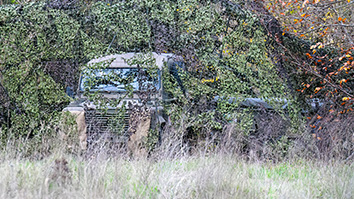Citation
McLaren, M., Ferrer, L., Castan, D., Lawson, A. (2017) Calibration Approaches for Language Detection. Proc. Interspeech 2017, 2804-2808, DOI: 10.21437/Interspeech.2017-530.
Abstract
To date, automatic spoken language detection research has largely been based on a closed-set paradigm, in which the languages to be detected are known prior to system application. In actual practice, such systems may face previously unseen languages (out-of-set (OOS) languages) which should be rejected, a common problem that has received limited attention from the research community. In this paper, we focus on situations in which either (1) the system-modeled languages are not observed during use or (2) the test data contains OOS languages that are unseen during modeling or calibration. In these situations, the common multi-class objective function for calibration of language-detection scores is problematic. We describe how the assumptions of multi-class calibration are not always fulfilled in a practical sense and explore applying global and language-dependent binary objective functions to relax system constraints. We contrast the benefits and sensitivities of the calibration approaches on practical scenarios by presenting results using both LRE09 data and 14 languages from the BABEL dataset. We show that the global binary approach is less sensitive to the characteristics of the training data and that OOS modeling with individual detectors is the best option when OOS test languages are not known to the system.


